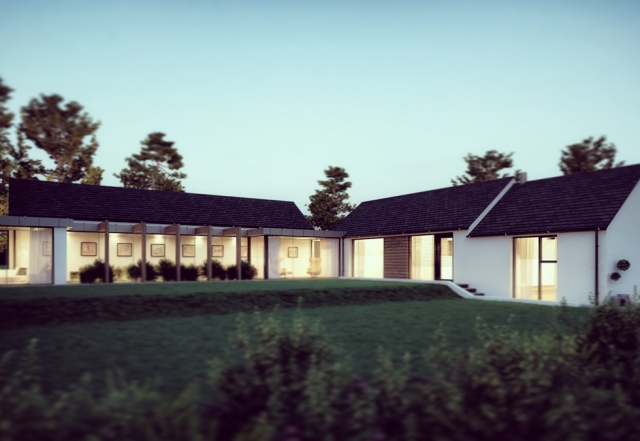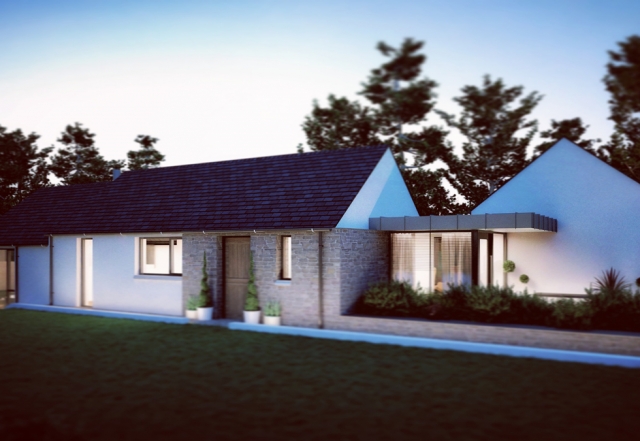Is my land suitable for building?


Northern Ireland Planning policies surrounding farm land and replacement dwellings can appear like quite a grey area.
2020 Architects have compiled a condensed guide to help you establish if your land is suitable for building upon.
- Replacement Dwellings
Planning policy allows the replacement of existing residential dwellings, preferably built on the footprint of the existing building. For the existing building to qualify it must display the characteristics of a dwelling (windows, chimney breast, etc) and the external walls must be a minimum of 90% intact; an intact roof is not required. The new proposal should not be much more visually impactful that the building you are replacing.
- Dwelling on a Farm
The farm must be currently active (evidenced through the receipt of Single Farm Payments) and be established for at least 6 years. The proposal is to be visually clustered to link with the main farm buildings. Under the current policy a new site can be achieved every 10 years – any applications approved prior to November 2008 do not count under this policy.
- The Conversion and Reuse of Existing Buildings
The original building needs to be a permanent construction and refers specifically to older buildings (ie. schools, barns etc.) Concrete block built buildings typically do not qualify for residential conversion. It should be noted that the building can be extended under this policy however the proposal needs to be sympathetic in scale.
- New Dwellings in Existing Clusters
A cluster exists when there is a group of three or more buildings and is associated with a focal point such as a social/community building, or is located at a crossroads. The site must provide a suitable degree of enclosure and is bounded on at least two sides with other development in the cluster.
- Infill Dwelling
Sites under this policy are presented as a gap in an existing line of 3 or more buildings fronting a road. The gap can facilitate up to two sites and share a similar frontage width of the sites either side of the ‘gap’.
- Farm Diversification
Again, very rarely used but usually successfully. This policy allows for the expansion and diversification of the farm business and new building to support this expansion. Generally, this policy has been used for farm shops or on farm food production and preparation but this policy is not restricted to such ventures and is open to a wide interpretation including some tourism schemes.
If you have land and would like to enquire about its suitability for building on, make sure you seek the relevant advice on what is/is not possible on the land.
For a free, no obligation survey and quote, get in touch with 2020 Architects on 028 2766 7999.








